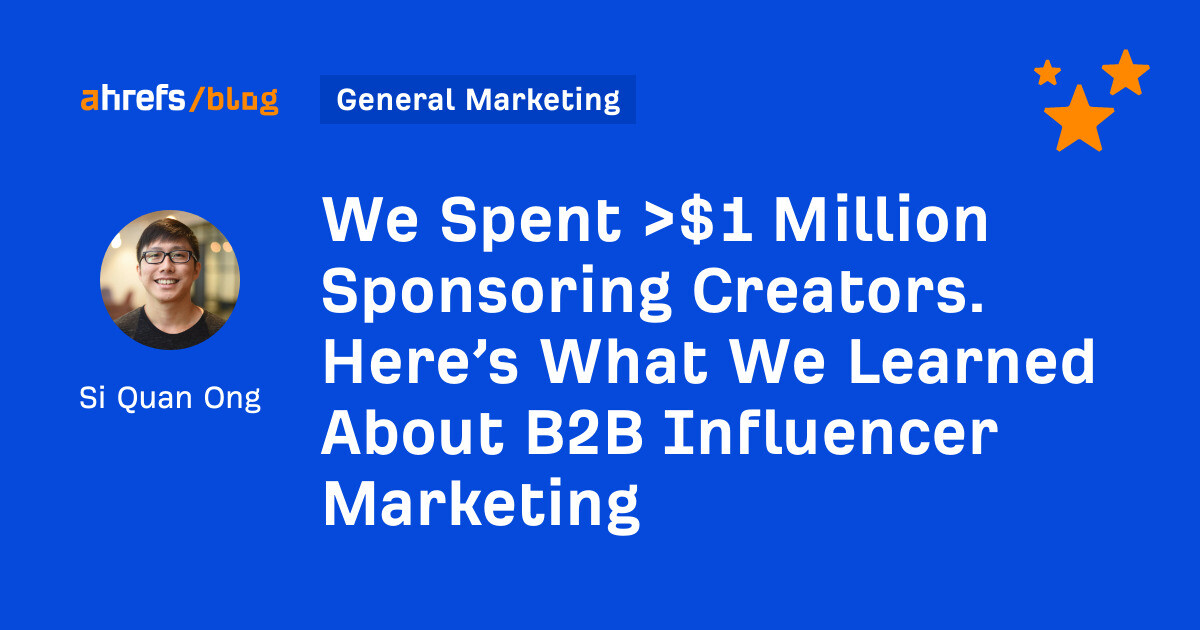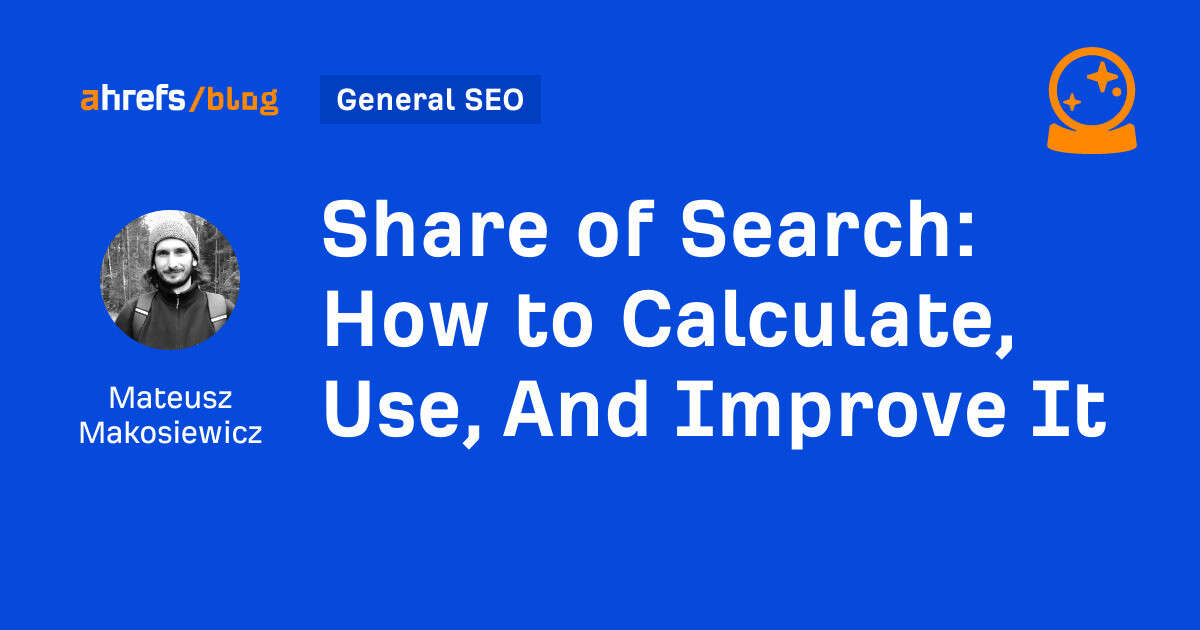SEO for Universities and Colleges: A Complete Guide in 2025
Students search for the best universities to pursue higher education, and with internet technologies flourishing, Google has become the go-to source to filter the top-ranking universities. The post SEO for Universities and Colleges: A Complete Guide in 2025 appeared...

Free SEO Audit for Universities!
Enter your university website, and we’ll send you a comprehensive SEO report with details of your domain authority score and strategies for boosting it.
93% of people use popular search engines like Google, Bing, or Yahoo as their first source of information for university and college research.
Approximately 70% of higher educational institutions plan to increase their digital marketing budget.
Since most students begin online university and college research, ranking your website on search engines can increase enrollment.
This is why most universities and colleges are increasing their digital marketing budget and effort.
Now, almost all universities and colleges provide the option of applying online.
If you haven’t optimized your website according to the best SEO practices for universities and colleges, you’re missing out on a potential opportunity to attract students and remain competitive.
To help you, I have created this blog containing 7 SEO tips for universities and colleges to increase their visibility and attract more visitors.
Keep reading!
What is SEO for universities and Colleges?
Search engine optimization (SEO) is the process of optimizing a university’s website to improve its ranking and visibility and attract prospective students.
The first 4 positions of the search engine results hold 68.7% CTR.
Therefore, if you don’t rank within the first four positions of a search engine, your chance of being visible to people looking for information about your niche is low.
Understanding SEO for Higher Education
SEO for higher education comes with pros and cons compared to traditional SEO.
As an educational institution, you cater to a diverse audience – prospective students, parents, faculty, and alumni – with different search intents.
Students may search for specific programs, admission requirements, and facilities, whereas parents may focus on tuition costs and job placements.
Additionally, large university websites often contain numerous subdomains and a long content library, which might make site management and optimization complex.
To overcome all these challenges, institutions must focus on navigation, content updates, and localized search optimization to effectively meet the needs of their audience and search engine algorithms.
Top 7 Tips For SEO for Colleges and Universities
Here are the 7 tips you need for SEO for colleges and universities to improve your ranking and visibility:
1. Keyword Research
The foundation of any successful SEO strategy begins with choosing the right set of keywords.
You must identify their keywords to search academic programs and campus information.
To do that, use tools like Google Keyword Planner, Ahrefs, and SEMrush to perform keyword research, understand the intent behind each keyword, and select the most impactful ones.
Talking about the intent, if someone searches for “best universities for computer science”, they’re looking for information, and the keyword can be categorized into informational intent. If someone searches “apply for undergraduate scholarships,” it means they’re looking to apply for the program, it is categorized as transactional intent.
All the keyword research tools will share the intent.
Use it and choose the right keywords to work on and attract highly targeted traffic.
Look at this: When I entered the word “universities” in Ahrefs, I got 1,26,391 keywords with different intents, including the local keyword “universities near me.”
With so many keyword options, selecting the right ones can be challenging. In that case, consider the intent, keyword search volume, and keyword competition to choose the ideal ones.
2. On-Page SEO for Universities
On-page SEO is crucial for enhancing search rankings and user experience.
Optimize title tags and meta descriptions by naturally incorporating primary keywords to attract clicks.
Use header tags (H1, H2, H3) strategically to improve your website structure and readability.
Create specific pages for courses, faculty, admission, and student-focused content. Ensure all pages include relevant keywords.
Implement FAQ schema markup to appear in featured snippets and boost visibility.
Then, create interlinks between pages to transfer link equity and seamlessly guide users through related content. Internal linking improves engagement and lower bounce rates as visitors spend more time on the website.
Each page must be optimized for user experience and search engine algorithms to improve discoverability and accessibility.
3. Technical SEO for Universities
Technical SEO ensures that search engines can effectively crawl, index, and rank a university’s website.
Optimize your site structure to help your users easily navigate through your website and collect information.
Google follows mobile-first indexing, and since most students use smartphones to collect information, optimizing your website for mobile is crucial in technical SEO.
Your website should load within 3 seconds. If it takes longer to load, visitors may become frustrated and bounce to your competitor’s site.
So, ensure your image size is low, implement caching strategies, and remove unwanted CSS elements to improve user experience and reduce bounce rates.
Use Google Page Speed Insight to test your website loading speed on mobile and desktop.
Here is the page speed test report of Yale university.
This is their desktop report:
This is their mobile report.
They can still optimize their website for smartphones for better ranking and performance.
Addressing technical issues like broken links, redirect chains, and duplicate content improves website health.
Also implement XML sitemaps and robot.txt files to make it easy for the search engine crawler to crawl your website, understand the content, and index them on relevant categories.
4. Local SEO for Universities & Colleges
78% of students opt for in-state universities.
You can’t miss out on such a large percentage of the local audience.
This is why you need Local SEO for Universities and Colleges.
Local SEO tactics include optimizing your Google Business Profile (GBP) with complete and updated information, maintaining a consistent name, address, and phone number (NAP) online, and incorporating local keywords.
Imagine you run a University in Michigan and offer computer science courses. If someone searches for “Best university in Michigan for computer science” and you rank for that keyword, your chance of attracting that student increases.
So, perform keyword research, choose the right keywords, and use them to optimize your GBP and website to increase inquiries and foot traffic to campuses and admission offices.
Encourage your students to leave positive feedback to boost your ranking and credibility.
Look at the details that Stanford University shares in its GBP profile.
They share everything with their users, from program details to cost, helping them make informed decisions.
5. Content Marketing for Higher Education SEO
Leveraging content marketing is the best way to engage with potential students and boost higher education SEO.
Most students are confused when entering higher education. They wonder which career to choose, which degrees offer the best future, which university is the right for a specific career and more.
Creating blogs addressing common student concerns can help them know their choices and make a decision.
Apart from gathering information, the student also becomes aware of your college, so the chance of them becoming your students is high.
Look how the Yale School of Management is using content marketing:
They constantly publish blogs that share news about their college and address students’ common concerns, such as “Is this the year to pursue your executive MBA?”
84% of students say video content strongly influences their decisions.
Therefore, to increase engagement and persuade students, include video content, campus tours, faculty interviews, and student testimonials.
Add comprehensive guides and resources—scholarship directories and career planning articles—that will significantly enhance your SEO for higher education.
Include blogs and social media posts shared by your students. This helps build trust and authenticity.
Regularly updated, high-quality content strengthens SEO and enhances the student experience by providing relevant and informative materials.
6. Link Building for Universities
Building a strong backlink profile enhances domain authority.
Strategies include acquiring .edu and .gov backlinks by partnering with educational websites and government portals, guest blogging with faculty contributions to industry publications, executing digital PR campaigns to promote university achievements in news media, and implementing an internal linking strategy that connects relevant academic and research pages to strengthen website structure.
A diverse backlink strategy boosts ranking and credibility.
Building backlinks can be challenging because of the time and effort required. Unlike commercial businesses, educational institutions must secure links from authoritative sources like government sites, academic journals, and reputable media outlets. These sites have strict editorial standards and rarely link without strong research-backed content.
In such cases, partnering with the best seo agency for higher education, like Stan Ventures, will make the process easier.
We have built an inventory of 25,000+ sites, including authoritative educational and news sites, for quality link-building.
Plus, our outreach specialists constantly scout and identify relevant sites to secure high-value backlinks tailored to your institution’s needs.
Result? Higher search rankings, stronger credibility, and increased student enrollments.
No matter what, we won’t compromise on the quality of the backlinks.
Let us do the heavy lifting while you focus on what truly matters – providing quality education. Take up our link-building service and watch your institution rise in the search engine results.
7. Measuring SEO Success for Universities
Monitoring your higher education SEO performance and improving the strategy is the key to your success.
Track keyword rankings, monitor organic traffic to assess search engine visibility, analyze bounce rate and time on page to gauge user engagement, and measure conversion rate based on student inquiries, applications, and enrollments.
Use tools like Google Search Console, Google Business Profile Analytics, Google Analytics and Ahrefs to help institutions effectively measure and refine their SEO strategies and improve performance.
Common SEO Mistakes Universities Make
a. Poor mobile optimization
Many university websites are not fully responsive, leading to a frustrating experience for students browsing on mobile devices. Mobile usability issues such as text being too small or buttons being too close together can negatively impact user engagement.
b. Slow page load speeds
A slow website frustrates users and lowers its search ranking, as Google prioritizes page experience. Large image size, unoptimized code, and unwanted CSS can increase the loading rate.
c. Broken links and redirect chains
Frequently updating course pages and program details can lead to broken links and excessive redirects, negatively impacting user experience and search engine crawling efficiency.
d. Lack of structured data
Failing to implement schema markup on your university website will reduce your chances of appearing in rich search results and decrease your visibility.
Future of SEO in Higher Education
AI and voice search is the current development in the digital world.
44% of students are using voice search.
Optimizing your website for voice search helps you reach students who use voice queries like “best universities near me for business management.”
Integrating AI in SEO enables AI-driven content optimization and chatbot assistance.
AI-driven search algorithms prioritize relevant and well-structured content. Optimizing your website for AI helps institutions rank higher in search results, making them more discoverable to prospective students.
For example, when a student searches for “how to choose the right university,” look at the Google search result:
At the top, Google shows an AI-generated result (AI Overviews).
Optimizing your content for AI helps improve your visibility and attract more prospective students.
Staying ahead of these trends ensures continued SEO success.
Conclusion
SEO for educational institutions is a powerful tool to enhance visibility and attract students.
In today’s digital world, your educational institution’s digital presence is more important to attract students.
Following the above-given tips will help you strengthen your online presence, improve visibility, and increase enrollments.
Regularly monitor your SEO performance and adapt to emerging trends to ensure long-term success.
Start optimizing today to make your university stand out in search results.

 Astrong
Astrong 
















![Cracking the SEO Code: Regain Control of Search Visibility in the Age of AI [Webinar] via @sejournal, @hethr_campbell](https://www.searchenginejournal.com/wp-content/uploads/2025/05/featured-73.png)








![The 2026 AI Search Benchmark Every SEO Leader Needs [Webinar] via @sejournal, @lorenbaker](https://www.searchenginejournal.com/wp-content/uploads/2025/11/1-259.png)












